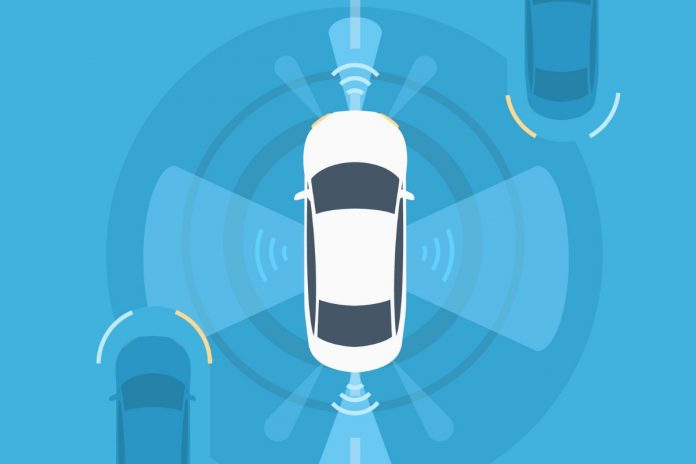As of mid-2022, all new cars put on the EU market will have to be equipped with advanced safety systems. Following an agreement with the European Parliament last March, the Council today adopted a regulation on the general safety of motor vehicles and the protection of vehicle occupants and vulnerable road users in a bid to significantly reduce the number of road casualties.
Ten years after the adoption of its predecessor, the new general safety regulation gives a new boost to EU action on road safety. For the first time, it addresses the specific concerns of vulnerable road users, such as pedestrians and cyclists.
Under the new rules, all motor vehicles (including trucks, buses, vans and sport utility vehicles) will have to be equipped with the following safety features :
- intelligent speed assistance,
- alcohol interlock installation facilitation,
- driver drowsiness and attention warning systems,
- advanced driver distraction warning systems,
- emergency stop signals,
- reversing detection systems,
- event data recorders,
- accurate tyre pressure monitoring,
Supplementary advanced safety measures will be required for cars and vans. These include :
- advanced emergency braking systems,
- emergency lane-keeping systems,
- enlarged head impact protection zones capable of mitigating injuries in collisions with vulnerable road users, such as pedestrians and cyclists.
In addition to the general requirements and existing systems (such as lane departure warning and advanced emergency braking), trucks and buses will have to be designed and manufactured in such a way that the blind spots around the vehicle are significantly reduced. They will also have to be equipped with advanced systems capable of detecting pedestrians and cyclists located in close proximity to the vehicle.
Furthermore, the regulation enables the Commission to enact specific rules for the safety of hydrogen-powered vehicles and of automated vehicles. More generally, it provides for Commission to update the new specifications to take account of future technical developments.
The regulation updates existing rules on car safety contained in the general safety regulation (EC) 661/2009 and the pedestrian safety regulation (EC) 78/2009.
Next steps
The regulation shall apply 30 months after its entry into force. A longer application date is provided for a limited number of features in order to allow car manufacturers to adapt their production to the new requirements.
Background
The regulation is part of the Commission’s third “Europe on the Move” package, launched in May 2018. The package aims to ensure a smooth transition towards a mobility system which is safe, clean and automated.
For information on other legislative proposals belonging in the same package, see:
- CO2 emission standards for trucks regulation, adopted on 13 June (press release below)
- Road infrastructure management directive, adopted on 7 October (press release below)
- Full text of the regulation














